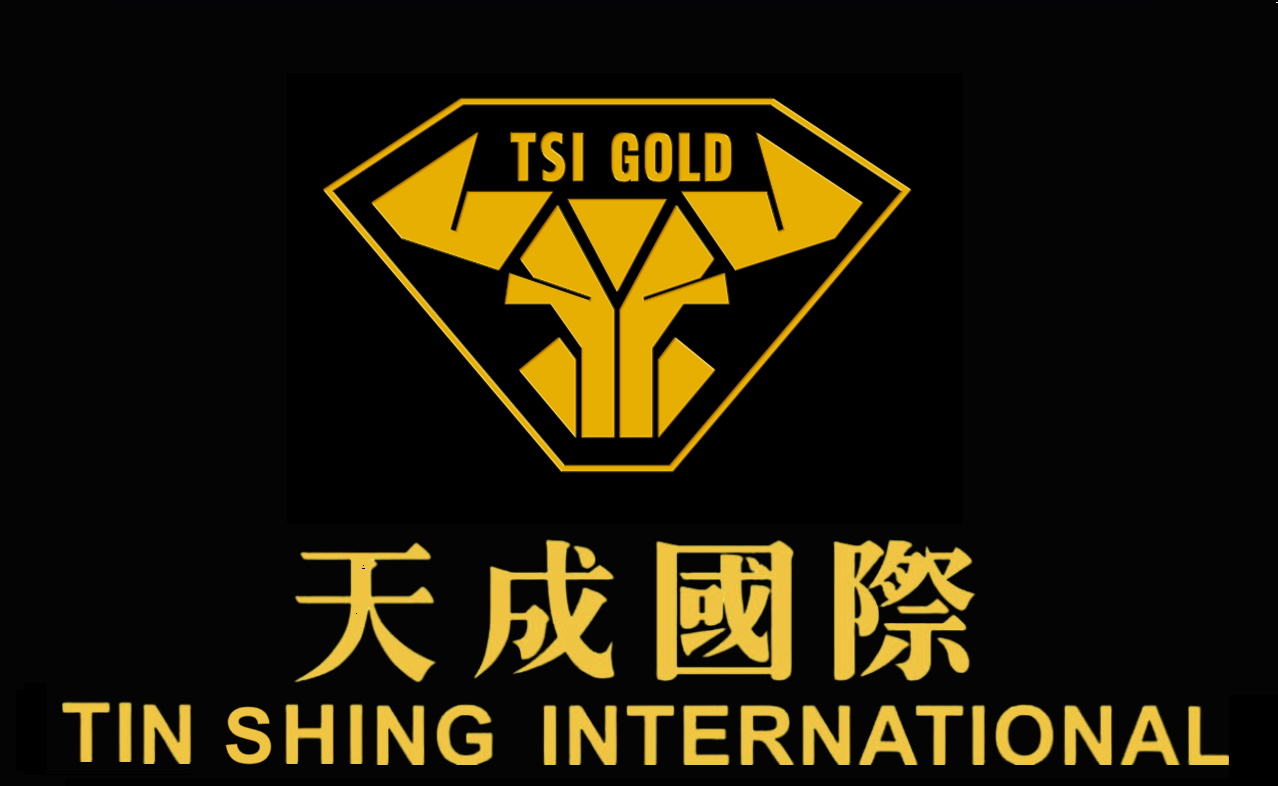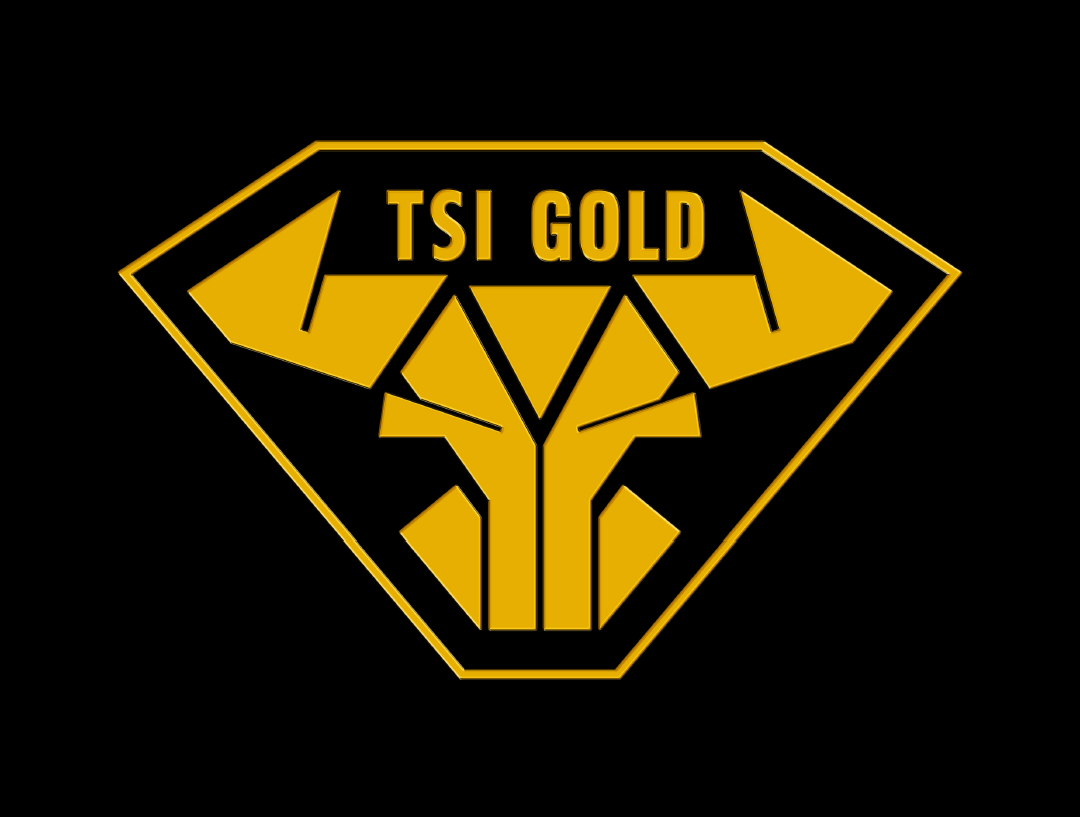In order to strengthen the compliance management of the gold and silver supply chain and to comply with the requirements of the London Bullion Market Association (LBMA) “Guidelines for Responsible Gold/Silver”, TSCI Precious Metals Ltd. ensures that the company's supply chain is free from human rights abuses, money laundering and terrorist financing. The Company has established a system of auditing materials and sales containing gold/silver, and all supply chains of the Company are required to cooperate with the Company's investigation team. Each supply chain shall comply with relevant national laws and regulations to ensure that the source and destination of gold/silver supplied to the Company is in compliance with the law. Allow stakeholders in the Company's gold/silver supply chain (affected persons or whistleblowers) to make representations about existing or potential risks in the mining, trading, processing and exporting process and ensure that they are properly addressed. This procedure applies to any internal and external stakeholders involved in the Company's supply chain for the responsible sourcing of gold and or silver, including any entity, governmental organization, non-governmental organization, individual, etc.
Objection :
(1) Gathering of Complaints Information
The Company has set up a contact/complaint channel: (852) 3702 6986 / cs@tiancheng.com.hk
It is publicized in the official website of Tian Cheng International Precious Metals, and the phone number / email address is used to receive relevant inquiries and representations, which are regularly checked by the Company's compliance officers. Information received in the course of work from interested parties regarding concerns about the responsible supply chain in relation to mining, trading, processing and exporting conditions.
(2) Contents of Complaints
When a party files a complaint about the Company's supply chain management, the complaint must include the following: Specify the decision to which the representation relates and the reasons for it; Attachment of relevant written evidence; Specify what steps were taken to resolve the issue before the complaint was filed.(3) The complaint must be made in writing.
(3) Categorization of grievance information
The Company shall categorize the inquiries and complaint information it receives into general information, special or important complaint information, and inadmissible information.
General information: inquiries from related parties regarding the Company's responsible supply chain management of minerals, questionnaires from suppliers, etc.
Special or important grievance information:
Information on management non-compliance with LBMA requirements; Information on Supplier's mineral purchases involving high risk areas identified by the Company; Information about a Supplier's mineral purchases that do not comply with the Company's Supply Chain Policy. Inadmissible Information: Complaints that are frivolous, malicious, vexatious or appear to be motivated by a desire to gain a competitive advantage. Complaints that are not supported by compelling objective evidence.
(4) Handling of Complaints
About Anonymous ComplaintsSupporting anonymous complaints, the complaint handling team shall not disclose the complainant's information to anyone outside of the team, and shall keep confidential the contents of the complaint that may involve the complainant's information, and if the contents of the complaint are of interest to a member of the working group, the working group shall immediately ask the member to avoid suspicion. If any retaliation against the complainant is found, the company will seriously deal with the employees involved in accordance with the company's articles of association, and if suspected of violating the law and committing a crime, the company will immediately report the case to the police and transfer it to the judicial authorities.
Complaint handling process
The working group of the complaint handling team should acknowledge receipt of the complaint within 10 working days after receipt of the complaint, and confirm the acceptance or rejection of the complaint on the basis of whether the complaint is in order.
If the complaint is rejected, a written explanation shall be provided to the complainant and documented. No further action shall be taken.
For exceptionally important complaint information, the Complaint Handling Team shall investigate, review and make a decision on the appeal or complaint within 45 working days of the decision to accept the complaint. The processing team should make every effort to meet the deadline. In rare cases, additional time may be required. The Complaint Handling Unit should take reasonable steps, including one or more meetings, to reach a reasoned decision. Examples of such measures include:
Consulting with experts asking the complaining party or others to provide more information Failure of the complaining party to cooperate may be considered grounds for discontinuing the process. The Grievance Handling Panel should decide by consensus whether to discontinue the grievance procedure. The Grievance Decision is communicated to the Grievance Party in writing and should be included in the Grievance Decision: The grievance decision How and when the grievance decision was made Any new recommendations Compliance officers regularly summarize the results of risk situation handling and publish the content, handling and results of the complaint on the Company's official website. The Compliance Risk Control Officer is responsible for overseeing the implementation of risk mitigation measures throughout the process and reporting the progress to the Chief Compliance Officer on a daily basis. After the implementation of the risk mitigation measures has been completed, the Chief Compliance Officer regularly assesses the effectiveness of the measures and makes conclusions and evaluations.
(5) Recording of Complaints
The Complaints Handling Team shall keep a record of complaints received, including the following: Who submitted the complaint and when; the type, issue or subject matter of the complaint and the information submitted with the complaint; and the decision to accept or reject.


